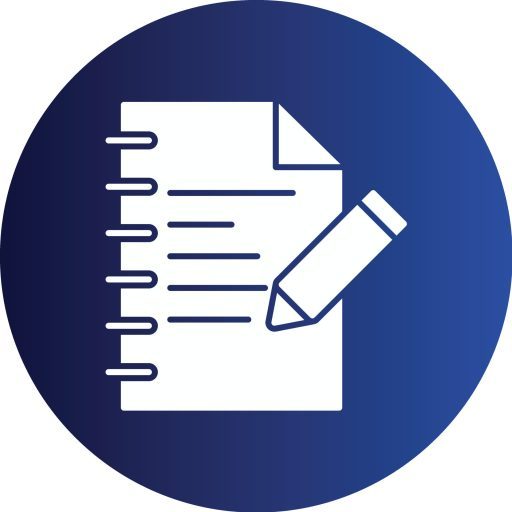Any form of AI will result in an automatic 0
q1
The necessary components of science-based reading can be viewed in Scarborough’s Reading Rope, which is a visual model of the essential components involved in skilled reading. The Language Comprehension side of the rope contains smaller ropes that represent the subskills involved in language comprehension (Lane & Kennedy, 2024). These include background knowledge, vocabulary, language structure, verbal reading, and literacy knowledge. The other side of the rope contains the necessary skills involved in Word Recognition, which are phonological awareness, decoding, and sight recognition. These strands are all woven together to become increasing automatic in the process of skilled reading. All of these subskills are important and should be included in a literacy program.
As a reading interventionist, I have to determine where the lowest deficit is in reading and provide targeted instruction for that deficit. If a student were having difficulty with phonemic awareness and decoding, but has strong vocabulary and language structure knowledge, I would focus on the strands of the rope that need remediation. In the early years of reading, it is important to focus on both word recognition and language comprehension when considering grade level Tier 1 instruction.
An important consideration when designing a literacy program is to ensure that instruction is evidence-based and is planned in response to assessment data. This ensures that instruction is purposeful and meets the unique needs of each learner. By aligning instruction with the strands of Scarborough’s Reading Rope, educators can deliver comprehensive literacy support that builds skilled, fluent readers.
q2
In my Module 1 literacy plan, I focused on creating a K–12 approach that supports every learner through strong instruction, teacher collaboration, family partnerships, and consistent evaluation. As a first-grade teacher, I see balanced literacy as the heart of that plan. It’s not about giving equal time to phonics, comprehension, and writing; it’s about knowing when to lean more heavily on one area depending on what my students need most. Dagen and Bean (2020) describe it perfectly when they say balance means “adjusting components as they intersect with individual needs or developmental levels” (p. 216).
In my classroom, that balance changes constantly. Early in the year, I spend a lot of time on phonemic awareness, phonics, and decoding because my students are just learning to read (Foorman et al., 2016). As they grow more confident, I shift toward fluency, comprehension, and writing. We do shared reading, guided reading, and read-alouds every day, but the way I approach them depends on what I see in their data and day-to-day progress. For instance, if running records show that a group is struggling with vocabulary, I’ll pull in more interactive read-alouds or word-study games. For my more fluent readers, I might introduce short text-based writing projects to help them connect reading and writing in meaningful ways.
One of the biggest challenges in designing a balanced program is finding the time to fit everything in without rushing the process. Another challenge is making sure the balance stays truly responsive. Every student moves at a different pace. Collaboration helps a lot here. Working in PLCs and using coaching feedback keeps me grounded and reminds me that balance isn’t static; it shifts with every new group of learners.
At the end of the day, balanced literacy to me means meeting my first graders where they are, celebrating their growth, and helping them see themselves as readers and writers. It’s that flexibility and responsiveness that keeps literacy meaningful and joyful for my students.

